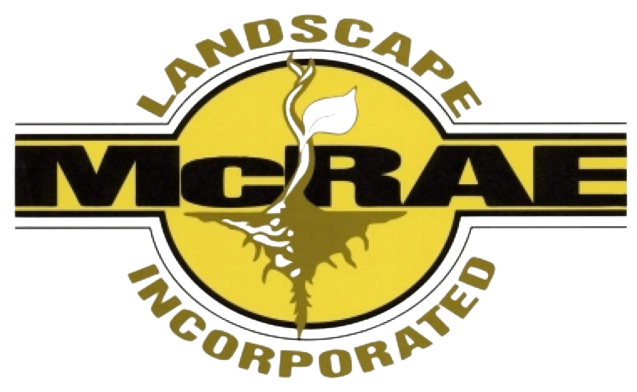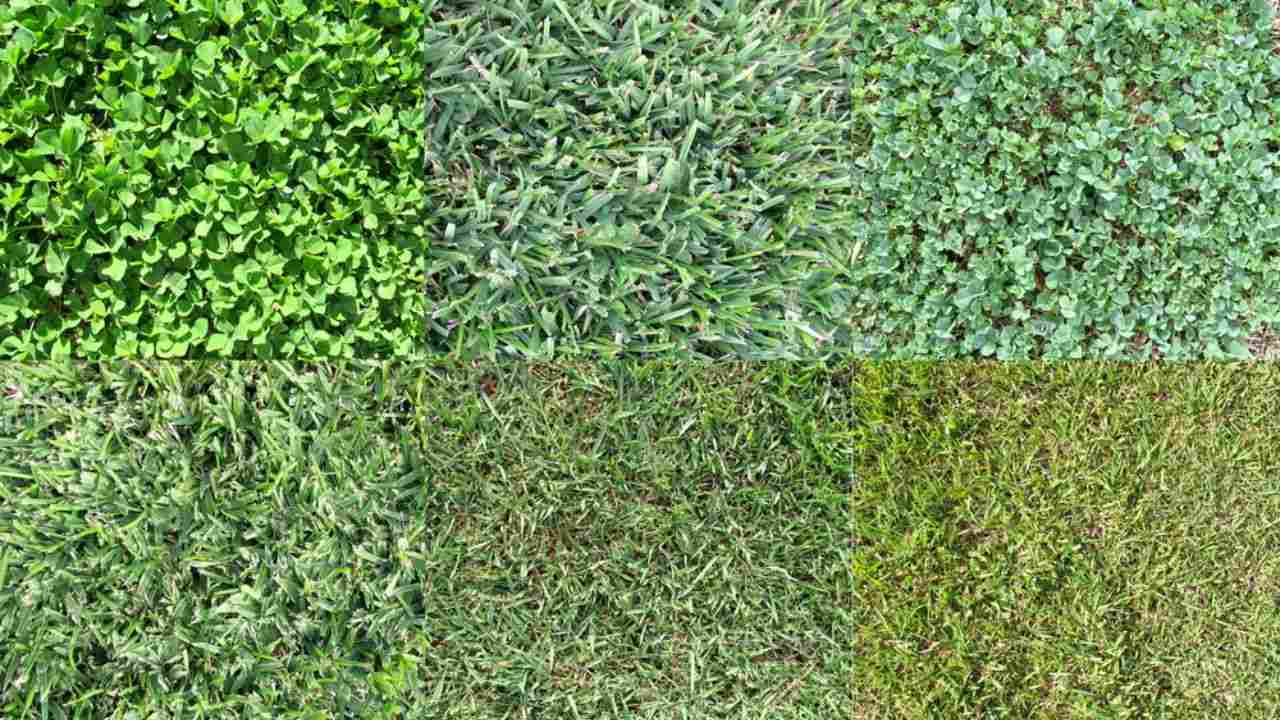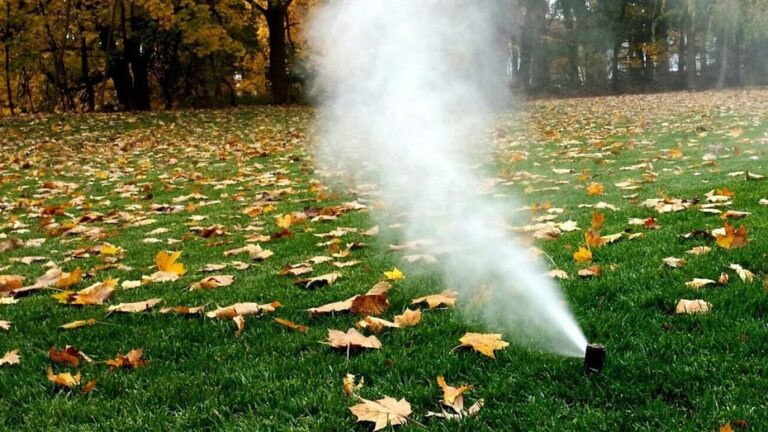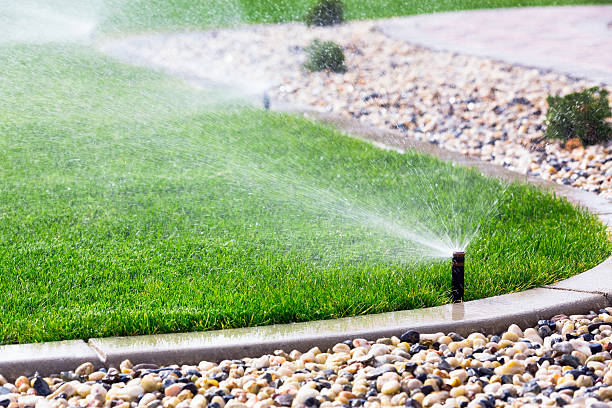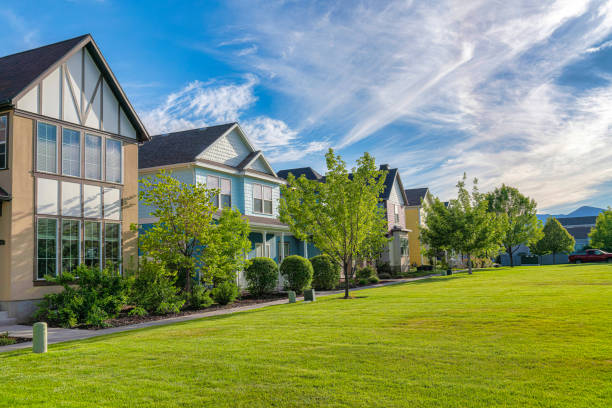Choosing the Right Grass Type for Utah’s Climate: A Comprehensive Guide
When it comes to creating a lush, vibrant lawn in Utah, selecting the appropriate grass type is paramount. Utah’s diverse climate, characterized by hot, dry summers and cold winters, presents unique challenges for homeowners and landscapers alike. Fortunately, by understanding the specific requirements of Utah’s climate and choosing the right grass type accordingly, you can achieve a beautiful and resilient lawn that thrives year-round.
Understanding Utah’s Climate: Utah experiences a semi-arid climate, with significant variations in temperature and precipitation throughout the year. Summers are typically hot and dry, with temperatures often exceeding 90°F (32°C), while winters can be cold, with temperatures dropping below freezing and snowfall occurring regularly, especially in higher elevations. Additionally, Utah’s varying elevations contribute to microclimates, further influencing local weather patterns.
Challenges of Utah’s Climate: The unique climate of Utah presents several challenges for maintaining a healthy lawn. The intense summer heat and limited rainfall can lead to drought stress, while the cold winter temperatures and frost can damage grass plants. Furthermore, the high altitude and strong sunlight exposure increase the risk of sunburn and heat stress for certain grass species.
Choosing the Right Grass Type: Selecting a grass type that is well-suited to Utah’s climate is essential for achieving a resilient and attractive lawn. Several grass varieties thrive in Utah’s conditions, offering different benefits and characteristics. Here are some of the top grass types to consider:
1. Kentucky Bluegrass: Kentucky Bluegrass is a popular choice for lawns in Utah due to its lush appearance, fine texture, and ability to withstand foot traffic. It is well-adapted to cooler temperatures and can tolerate Utah’s cold winters. However, Kentucky Bluegrass requires adequate irrigation during the hot summer months to prevent drought stress. Luckily, in Utah, it’s only hot for 2-3 months of the year.
2. Tall Fescue: Tall Fescue is a versatile grass variety that performs well in both hot and cold climates, making it suitable for Utah’s diverse weather conditions. It has deep roots that help it withstand drought and requires less water than other grass types. Tall Fescue also has excellent wear tolerance, making it ideal for high-traffic areas.
3. Fine Fescue: Fine Fescue is a group of grass species known for their fine texture and shade tolerance. They are well-suited to Utah’s cooler regions and can thrive in areas with limited sunlight. Fine Fescue varieties include Chewings Fescue, Creeping Red Fescue, and Hard Fescue, each offering unique characteristics suitable for different lawn conditions.
4. Buffalograss: Buffalograss is a warm-season grass native to the Great Plains region of North America. It is well-adapted to Utah’s hot, dry summers and requires minimal water once established. Buffalograss forms a dense turf that can withstand foot traffic and is relatively low-maintenance compared to other grass types.
5. Perennial Ryegrass: Perennial Ryegrass is known for its rapid germination and establishment, making it a popular choice for overseeding lawns in Utah. It has a fine texture and vibrant green color, providing an attractive appearance. Perennial Ryegrass performs well in cooler temperatures and can tolerate moderate foot traffic.
Choosing Grass for Northern vs Southern Utah:
While Utah’s climate exhibits general characteristics across the state, there are notable differences between northern and southern regions that should be considered when selecting the right grass type.
Northern Utah:
Northern Utah, including cities like Salt Lake City, experiences a more continental climate with colder winters and greater temperature fluctuations. Summers are generally milder compared to southern Utah, with cooler evenings due to higher elevations. Therefore, grass types that are tolerant to cooler temperatures and have good cold hardiness are recommended for northern Utah lawns.
- Kentucky Bluegrass: This grass type thrives in northern Utah’s cooler temperatures and is well-suited to the region’s climate. It withstands cold winters and maintains its vibrant green color throughout the growing season.
- Tall Fescue: Tall Fescue performs well in northern Utah, offering excellent cold tolerance and drought resistance. Its deep root system helps it withstand temperature fluctuations and occasional water stress.
- Fine Fescue: Fine Fescue varieties, such as Chewings Fescue and Creeping Red Fescue, are suitable for northern Utah’s cooler regions, especially in shaded areas where sunlight may be limited.
Southern Utah:
Southern Utah, including areas like St. George and Moab, experiences a desert climate characterized by hot summers and mild winters. Temperatures often soar above 100°F (38°C) during the summer months, while winters remain relatively mild with minimal frost. Grass types that can tolerate extreme heat and drought conditions are ideal for southern Utah lawns.
- Buffalograss: Buffalograss is well-adapted to southern Utah’s hot, dry summers and requires minimal water once established. Its heat tolerance and low water requirements make it a popular choice for lawns in desert climates.
- Bermudagrass: Bermudagrass thrives in southern Utah’s hot temperatures and is known for its rapid growth and ability to withstand heavy foot traffic. It goes dormant during the winter months but regains its lush green color in spring.
- Zoysiagrass: Zoysiagrass is another warm-season grass option suitable for southern Utah lawns. It has good heat and drought tolerance, forming a dense turf that can withstand high temperatures and foot traffic.
Considerations for Both Regions:
- Water Availability: Regardless of location, water availability is a crucial factor to consider when choosing grass for Utah lawns. Select grass types that match your water resources and conservation goals, especially in regions with limited water supplies.
- Soil Conditions: Soil type and pH levels vary across Utah, affecting grass growth and health. Conduct a soil test to determine soil characteristics and choose grass varieties that are well-suited to your soil conditions.
- Maintenance Requirements: Evaluate the maintenance needs of different grass types, including mowing frequency, fertilization, and pest control. Select grass varieties that align with your desired level of lawn maintenance.
By considering the unique climate and environmental factors of northern and southern Utah, homeowners can choose grass types that thrive in their specific region, ensuring a healthy and vibrant lawn year-round.
Factors to Consider: When selecting a grass type for your Utah lawn, consider the following factors:
- Climate: Choose a grass type that is well-suited to Utah’s climate, taking into account factors such as temperature, precipitation, and sunlight exposure.
- Soil Conditions: Consider the soil type and pH level of your lawn area, as different grass varieties have specific soil requirements.
- Water Requirements: Select a grass type that matches your water availability and conservation goals, taking into account Utah’s limited water resources.
- Maintenance: Evaluate the level of maintenance required for each grass type, including mowing, fertilization, and pest control.
Conclusion: In conclusion, choosing the right grass type for Utah’s climate is crucial for establishing a healthy and resilient lawn. By selecting a grass variety that is well-adapted to Utah’s temperature extremes, precipitation patterns, and soil conditions, you can create a beautiful outdoor space that enhances your home’s curb appeal and enjoyment. Whether you prefer the lush appearance of Kentucky Bluegrass or the water-saving benefits of Buffalograss, there is a grass type suitable for every lawn in Utah. With proper care and maintenance, your Utah lawn can thrive year-round, providing you with years of outdoor enjoyment.
